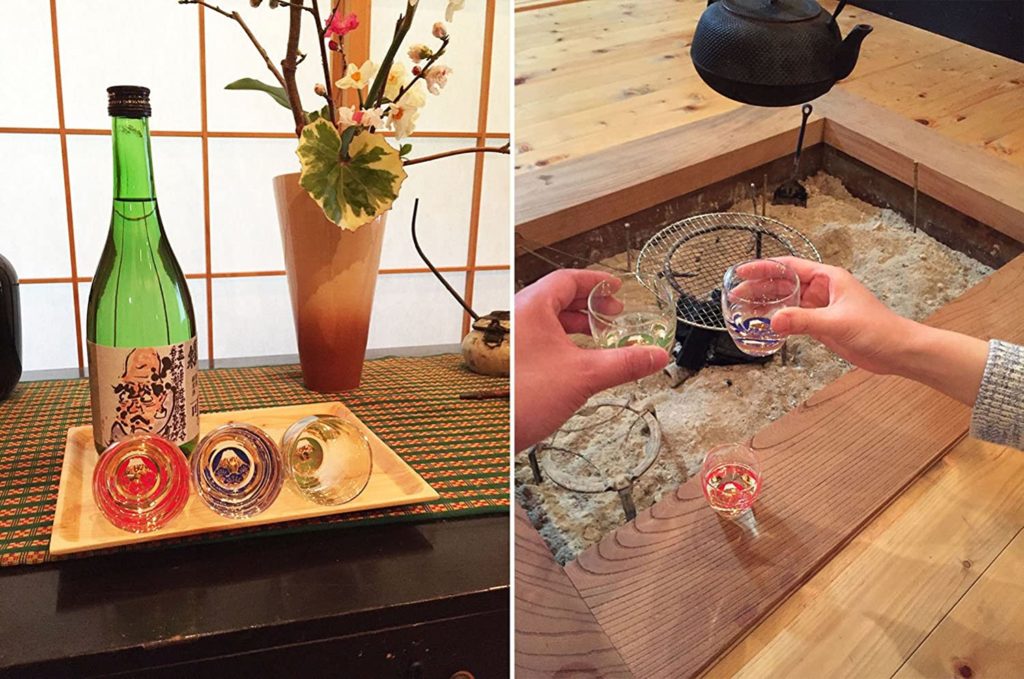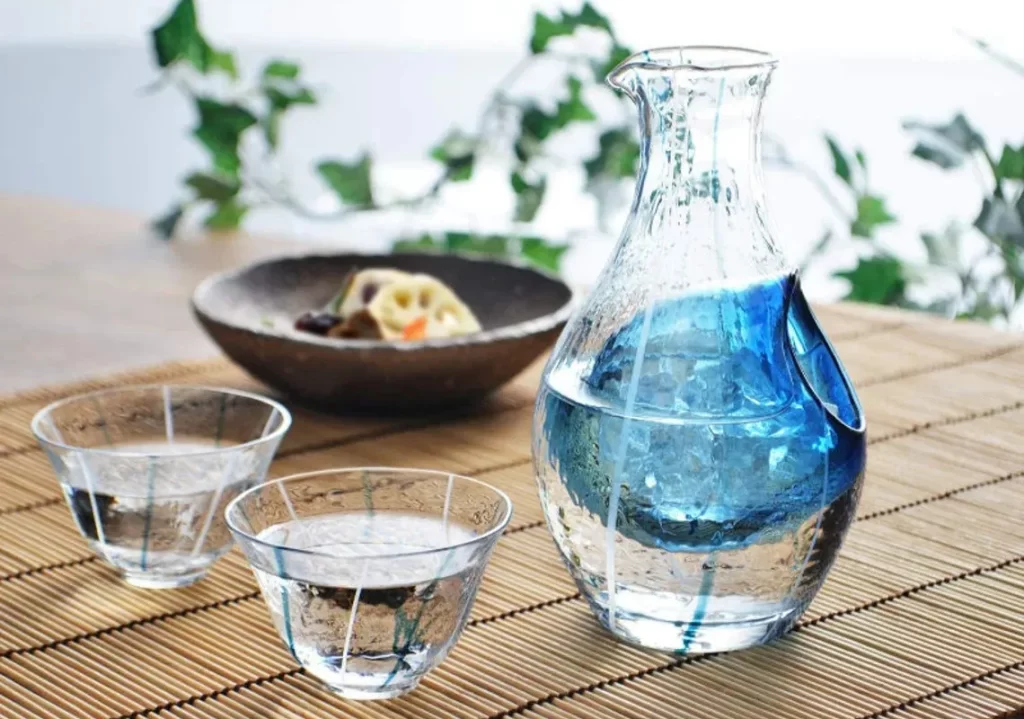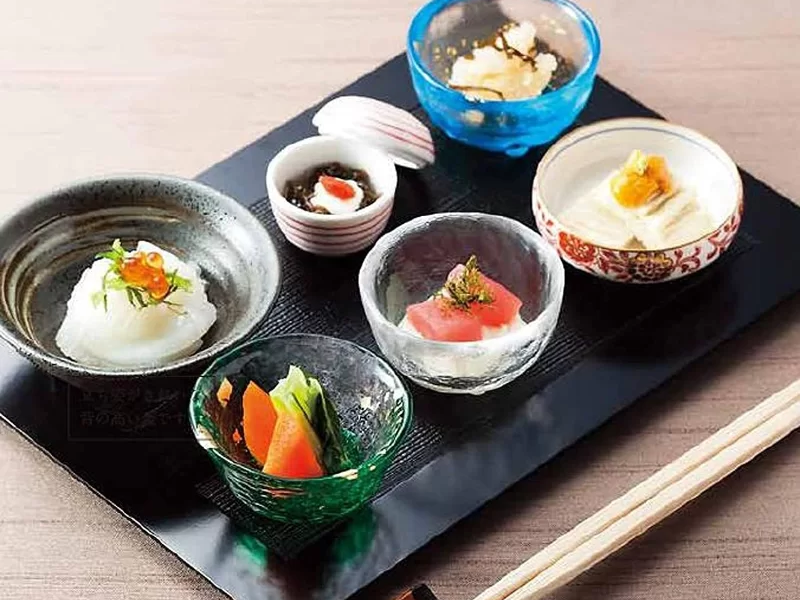About the history of traditional Japanese sake bottles and sake cups

The origin of sake dates back to the Nara period in Japan, when sake brewing using rice and koji was established. They used the harvested rice to make sake, offered it to the gods, and prayed for a good harvest and good health. Until around the Heian period, it was used at festivals, and it was a special drink for privileged people to drink at New Year's and other celebrations. I started drinking alcohol.
Contents
Accordingly, "SAKE bottle, SAKE cup" developed
Tokkuri (SAKE bottle), Ochoko (SAKE cup), Sakazuki (SAKE cup) are familiar to us. Some are hardly used nowadays. There are various materials such as lacquerware, porcelain, pottery, and metalware. In the Middle Ages, choshi and bottles with long handles were used as vessels for pouring sake.
Introducing Tokkuri (SAKE bottle) and Ochoko (SAKE cup)
Tokkuri (sake bottle) is said to have appeared in the latter half of the Muromachi period. By the way, there are various theories about the etymology of Tokkuri (sake bottle), such as the Korean word "tokkool", which means sake bottle, and the sound "tokk tokk" when pouring sake.

What is Ochoko (SAKE Cup)?
Ochoko (sake cup) was used for dishes such as aemono and vinegared dishes. However, it is said that it began to be used at banquets from the middle of the Edo period. At first, Sakazuki (SAKE cup) was used, and as the place became more lively, it was switched to Ochoko (SAKE cup).

*Sakazuki (SAKE cup) is a flat bowl.
Ochoko (SAKE cup) is a size that allows you to drink sake in one or two sips.
Author Profile
Latest entries
 Kotatsu Futon Bettdecke2024年7月1日Neuankömmling Kotatsu Futon Bettdecke
Kotatsu Futon Bettdecke2024年7月1日Neuankömmling Kotatsu Futon Bettdecke Kotatsu Futon comforter2024年7月1日New Arrival Kotatsu Futon Comforter
Kotatsu Futon comforter2024年7月1日New Arrival Kotatsu Futon Comforter Unkategorisiert2024年6月13日Noren-Wandteppich mit Meisterwerken des japanischen Genies Ito Jakuchu
Unkategorisiert2024年6月13日Noren-Wandteppich mit Meisterwerken des japanischen Genies Ito Jakuchu Noren Tapestry2024年6月13日Noren Tapestry Features Masterpieces by Japanese Genius Ito Jakuchu
Noren Tapestry2024年6月13日Noren Tapestry Features Masterpieces by Japanese Genius Ito Jakuchu


